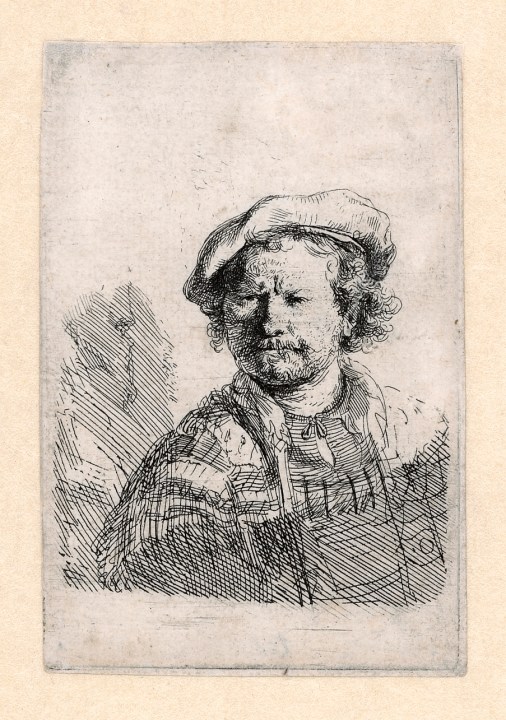Rembrandt was ‘largely self-taught as a printmaker’, according to Epco Runia, head of collections at Rembrandt House Museum. ‘[He] learned by looking at examples and simply trying things out,’ Runia writes in the guide that accompanies this fine show (which will travel to Charleston in October and Cincinnati next winter). Etching had only been around for 100 years or so when Rembrandt took the medium up at the age of 20. But once he’d begun, he barely stopped. Rembrandt: Masterpieces in Black and White at Birmingham Museum and Art Gallery is a celebration of a lifetime of innovative and increasingly refined work with plate, needle and acid.
In Amsterdam, where he made his name, the etchings had three main consequences for Rembrandt. Financial: they sold extremely well, being less expensive than his paintings though just as highly prized. Artistic: it encouraged him to collect and study the prints of the Old Masters, which then fed into his plates – he reworked them, revising earlier scenes, experimenting with freer lines and different methods of hatching.

Get Britain's best politics newsletters
Register to get The Spectator's insight and opinion straight to your inbox. You can then read two free articles each week.
Already a subscriber? Log in








Comments
Join the debate for just $5 for 3 months
Be part of the conversation with other Spectator readers by getting your first three months for $5.
UNLOCK ACCESS Just $5 for 3 monthsAlready a subscriber? Log in